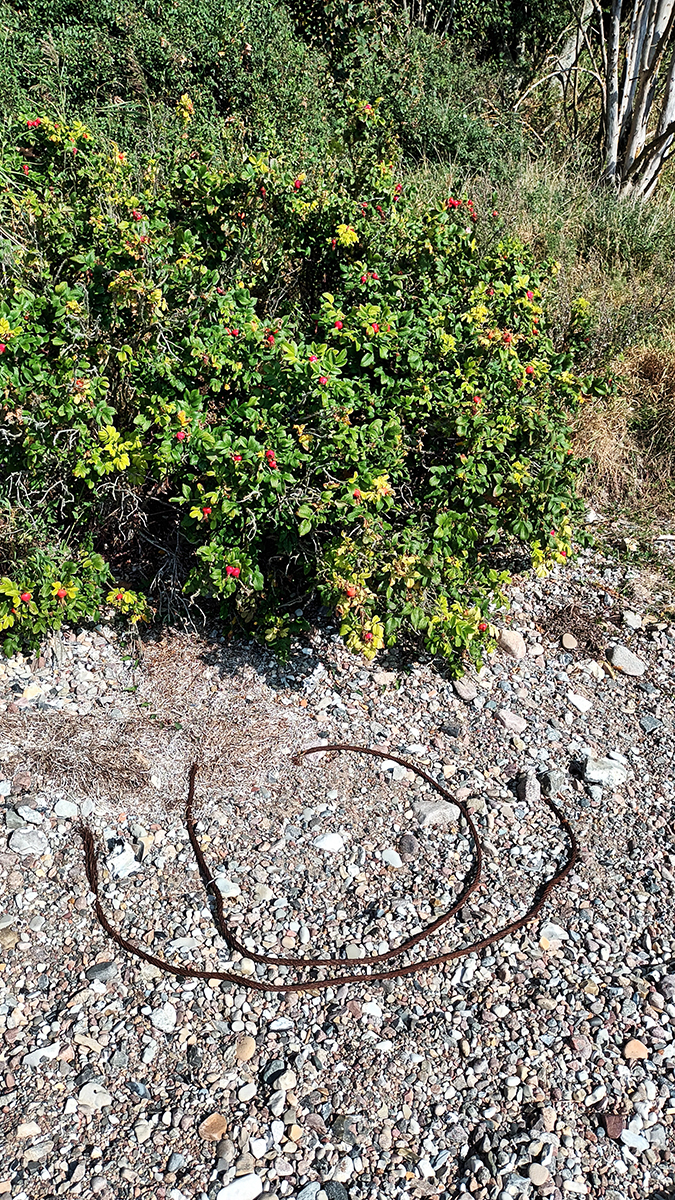future/tense
Within and Beyond - Embodied Planetary Cycles
Sara Rossling, Rebekka Elisabeth Anker-Møller and Christopher Sand-Iversen
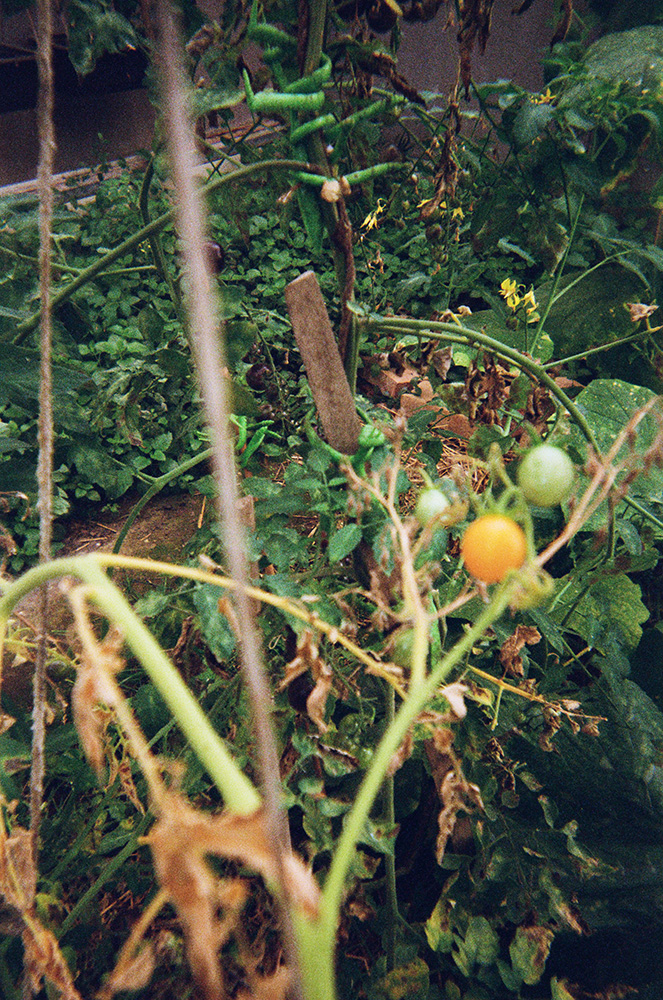
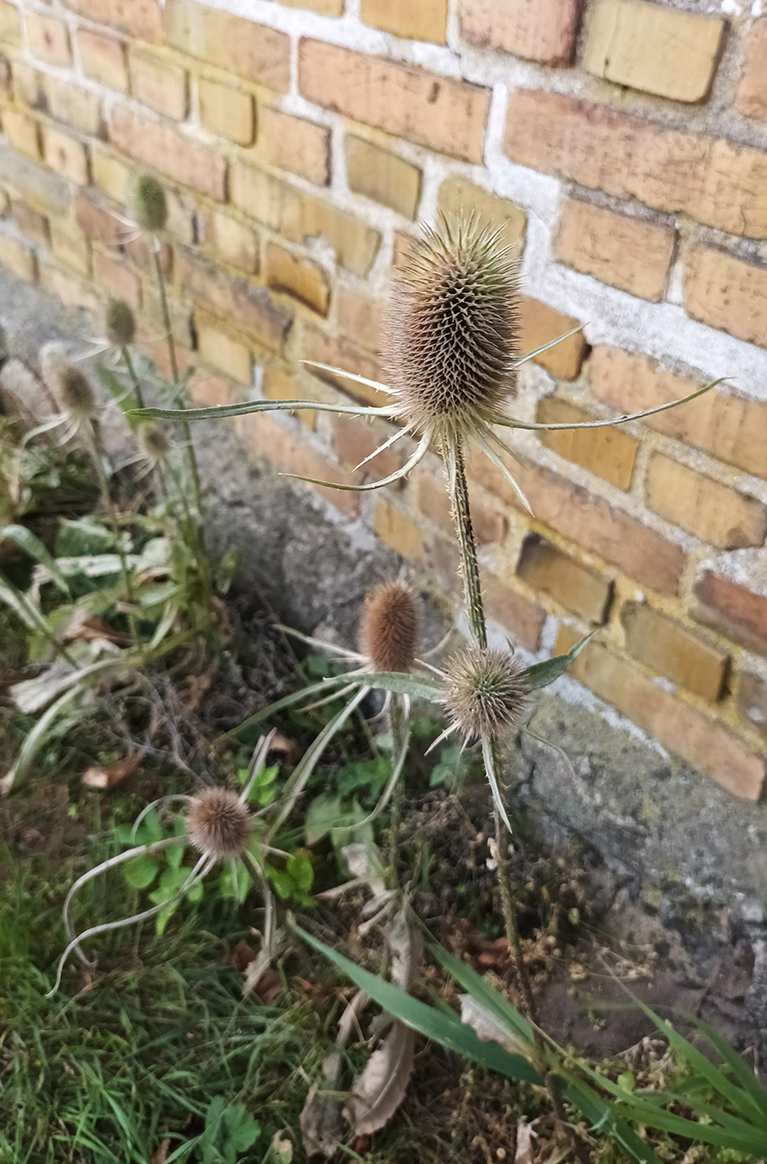
Workshop Weekend on Ven, 6-8 September 2024
In September we held a second workshop weekend on the island of Ven, once again kindly hosted by artist Åsa Sonjasdotter. On this occasion we invited Danish artist Nanna Debois Buhl, who took part in the exhibition Celestial Ripples - Corporeal Rhythms, Swedish artists Sigrid Holmwood and Manju Jatta, Finnish curator Taru Elfving, and Claus Beier, professor at Copenhagen University's Institute for Geosciences and Natural Resource Management.
Whereas the first worshop weekend focused on the circadian rhythm and celestial cycles, this one took advantage of the waning of summer and the immanent arrival of autumn to look at the seasonal cycles.
With this in mind, small tasks, talks and practical experiments were undertaken, as well as a trip to Nämndemannsgården, a former manor farmhouse which has been preserved as a museum and tells the history of Ven.
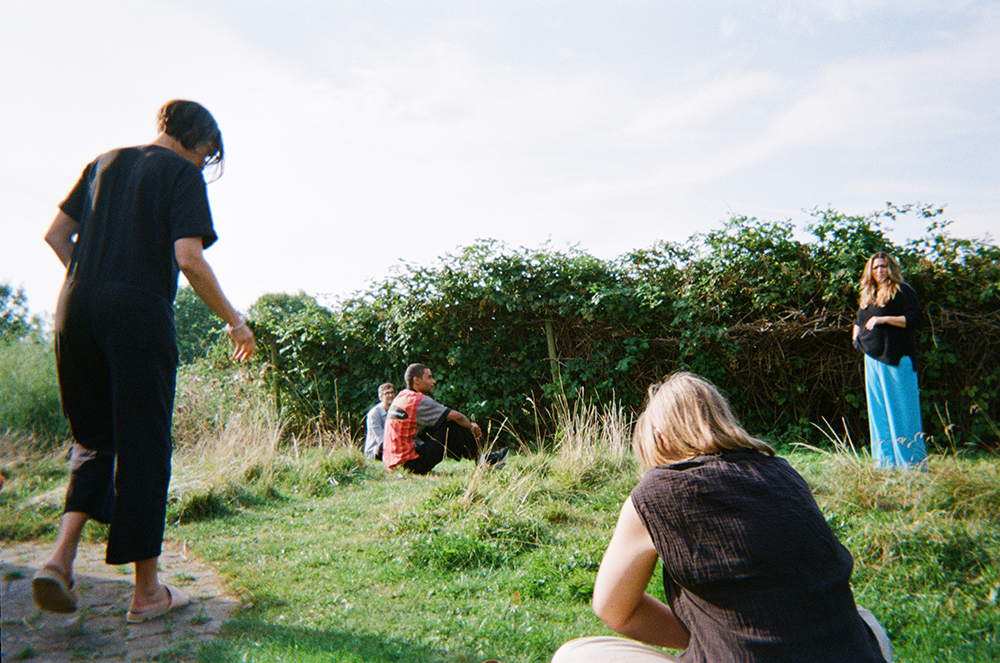
As part of the workshop weekend exploring the circadian rhythm, we began the first morning with a 10-minute meditation designed to unlock creativity and reconnect with our natural rhythms. Guided by Rebekka Elisabeth Anker-Møller’s dual role as curator and healing practitioner, the exercise encouraged both collective introspection and imaginative engagement.
The meditation started with grounding, inviting participants to reconnect with their breath and settle into the present moment. From there, they were guided through a visualisation practice, focusing on colours and sensory imagery to imagine an ideal day. This reflective process helped participants explore how their personal rhythms - waking, working, and resting - shape their creative energy.
The shared meditation deepened the group’s connection to the residency’s overarching themes, highlighting the interplay between individual creativity and the larger cycles that influence us. It provided inspiration and balance, fostering a sense of mindful reflection that informed the collaborative work that followed.
Nanna Debois Buhl set the group the task of conceiving and undertaking a registration exercise. We were asked to choose: a registration method; registration times amd intervals; and to reflect on how the chosen object of study related to our overall practices, and whether the exercise was helpful for gathering new kinds of information or trying out new methods.
Considering his practice from the perspective of his training as an art historian, and focusing in the immediate context of the island and its highly cultivated, human-made and seasonal landscape, Christopher Sand-Iversen tried to 'unsee' the concept of landscape. He chose photography as the method, and each place the group stopped on its route as the interval. Here are examples from Interval 3
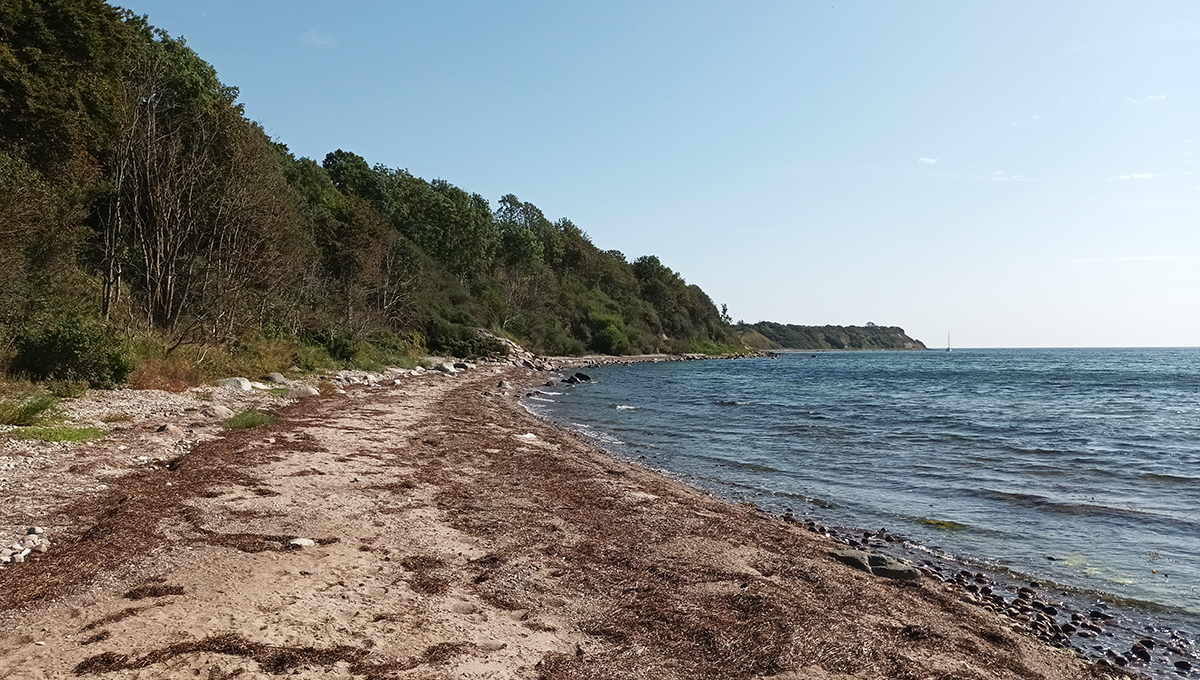
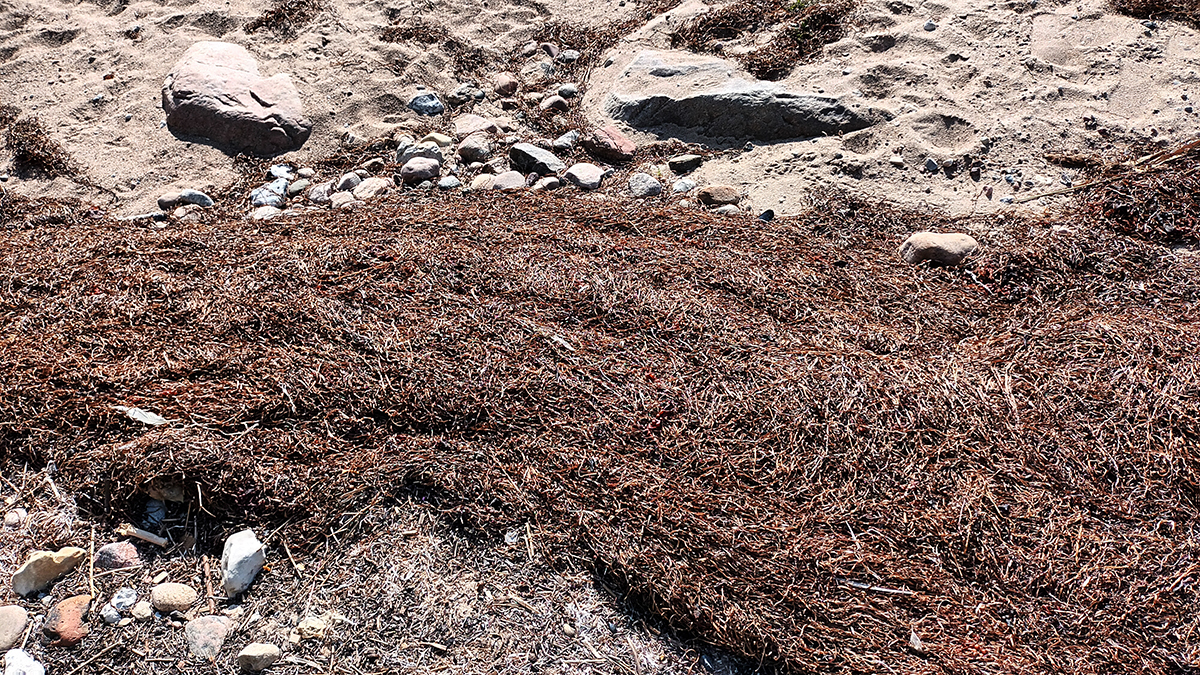
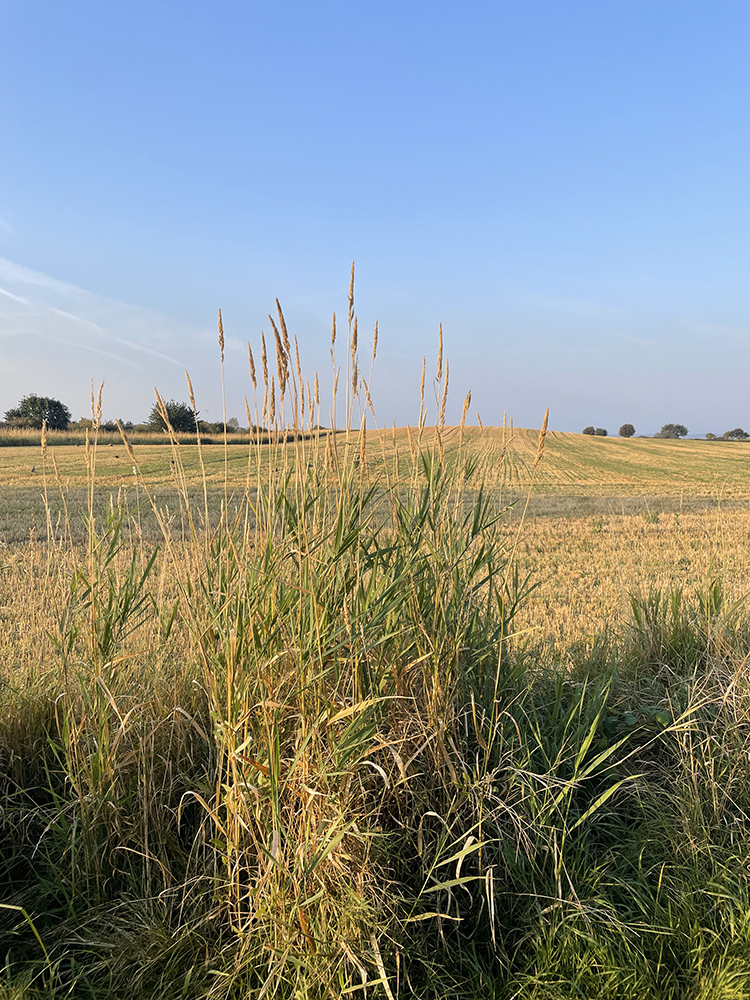
Curator Sara Rossling asked the group to reflect on cycles and discuss their impact on us. We often accept them unconsciously, but they also shape us. We were asked to list all the natural cycles we could think of, reflect on how our practices are influenced by cycles, and share what our experience has contributed to our understanding of the cycle over time.
Concerning the seasons, Sara reflected on the nature of several of her curatorial projects, whose structure often results in outdoor field research during the spring or autumn. However, this affects the results to some degree, as the landscape looks a certain way, which tends to please us. Reflecting on the circadian rhythm and her creativity, she concluded that she is most creative and optimistic in the morning and takes most decisions then. When the daylight disappears she is more analytical and critical.
Sigrid Holmwood, reflecting on her practice as an artist working with plants and natural dye techniques, pointed out that if you miss a phase in the plant cycle, you miss it for a whole year. When interacting with natural cycles you need to catch the moment, as the cycles never stop. There is a saying that the ideal time to harvest vegetables and fruits is when the lunar cycle is in the waxing phase.
The group visited Nämndemannsgården, the former home of the island's nämndemann - domsmand in Danish, or lay judge in English - and now a musuem of local history. The guide spoke about the geological history of Ven, including how it emerged from the last Glacial Period and how water broke though the uncovered land mass to create the island. The island's particular weather cycle, situated in the Øresund Sound between two larger land masses, means that in the summer dew falls during the night, so that watering of the crops isn't necessary. In addition, the soils formed of the glacial till are rich, and include a very pure form of clay that can be used almost without any preparation.
In the various buildings one can see the domestic spaces of the home as they were laid out and used, in the stables various types of carriage used on the island, and examples of bricks and tiles from the brickworks, which were an important economy on the island in the 1900s. As a result of this industry, the coastline on the eastern side of the island has been reshaped by human activity. The morain layer was washed out to get at the clay, which lies on a plateau at water level.
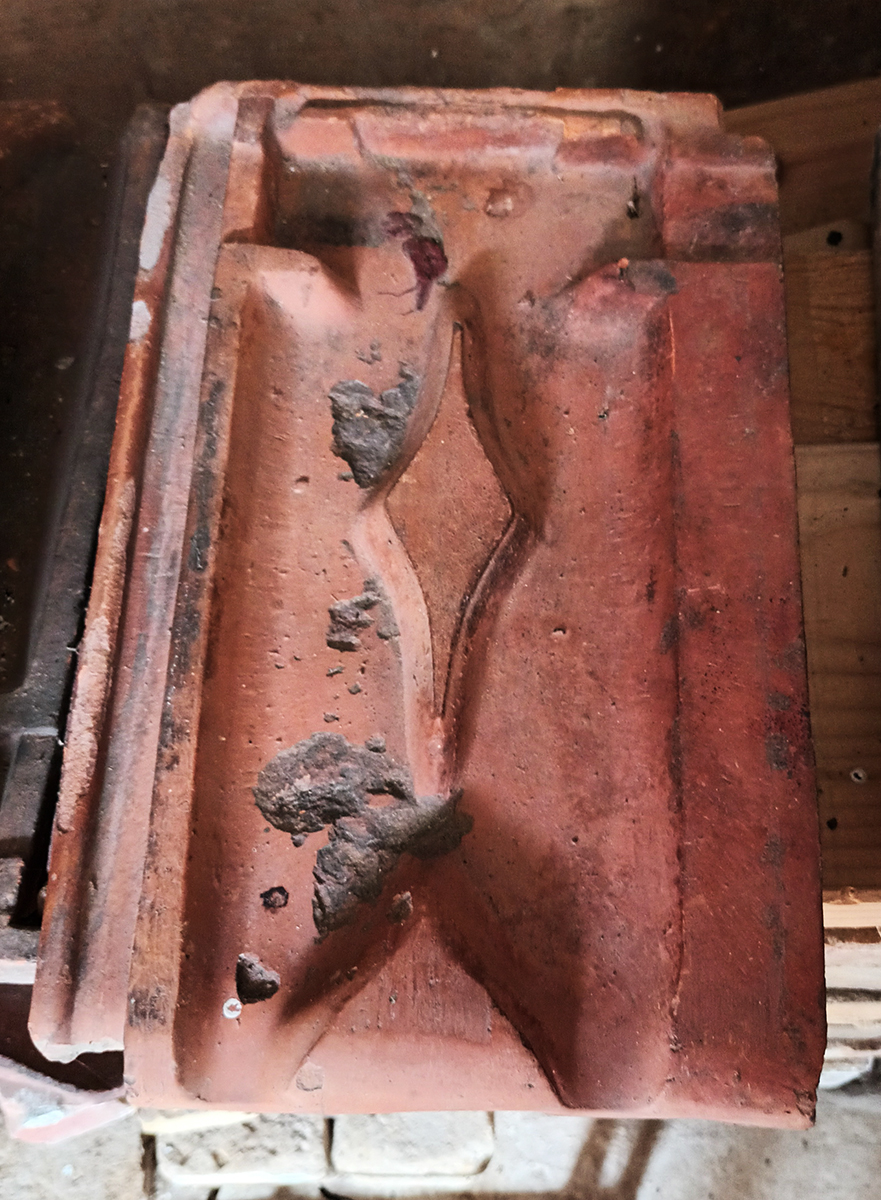
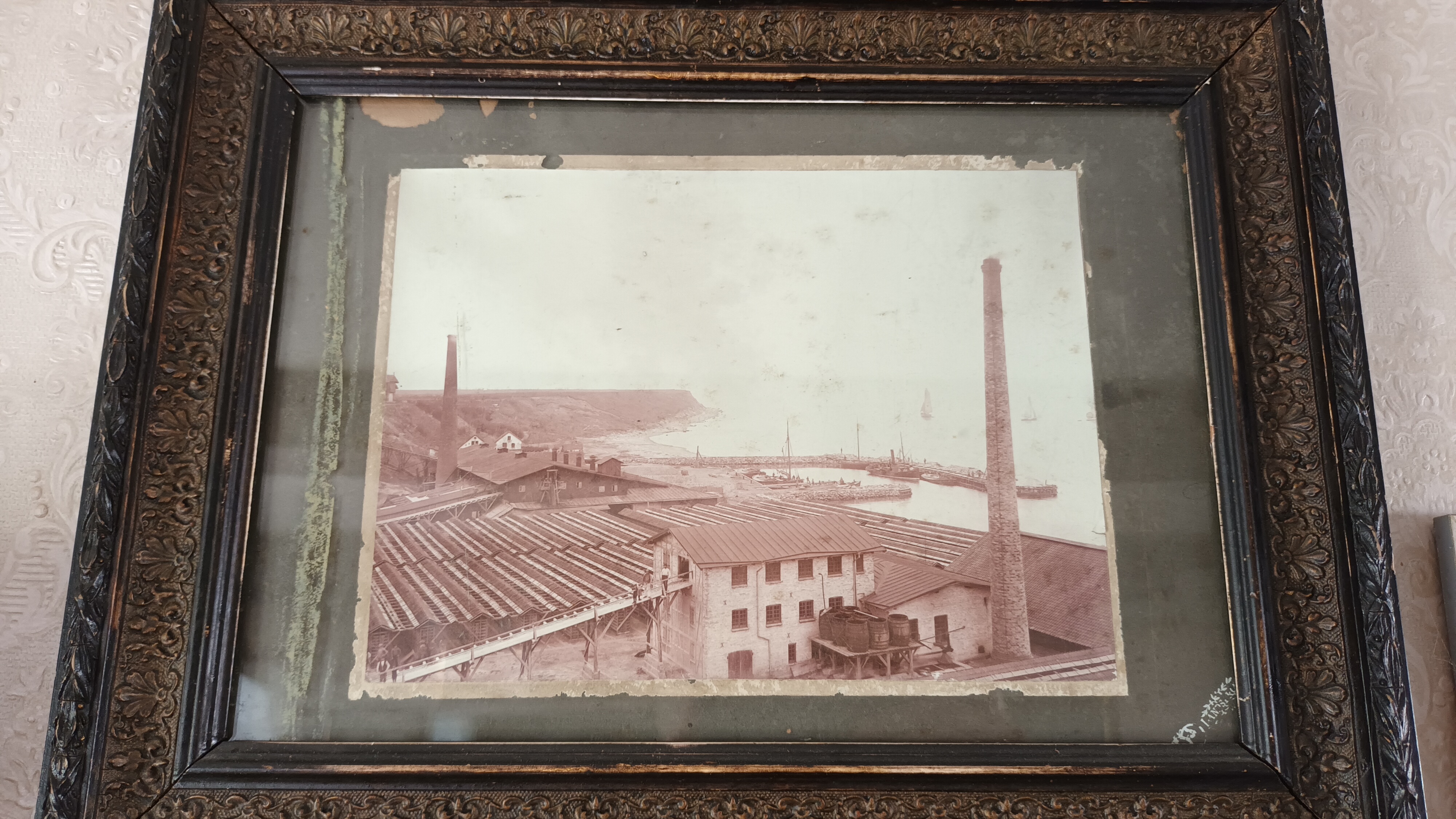

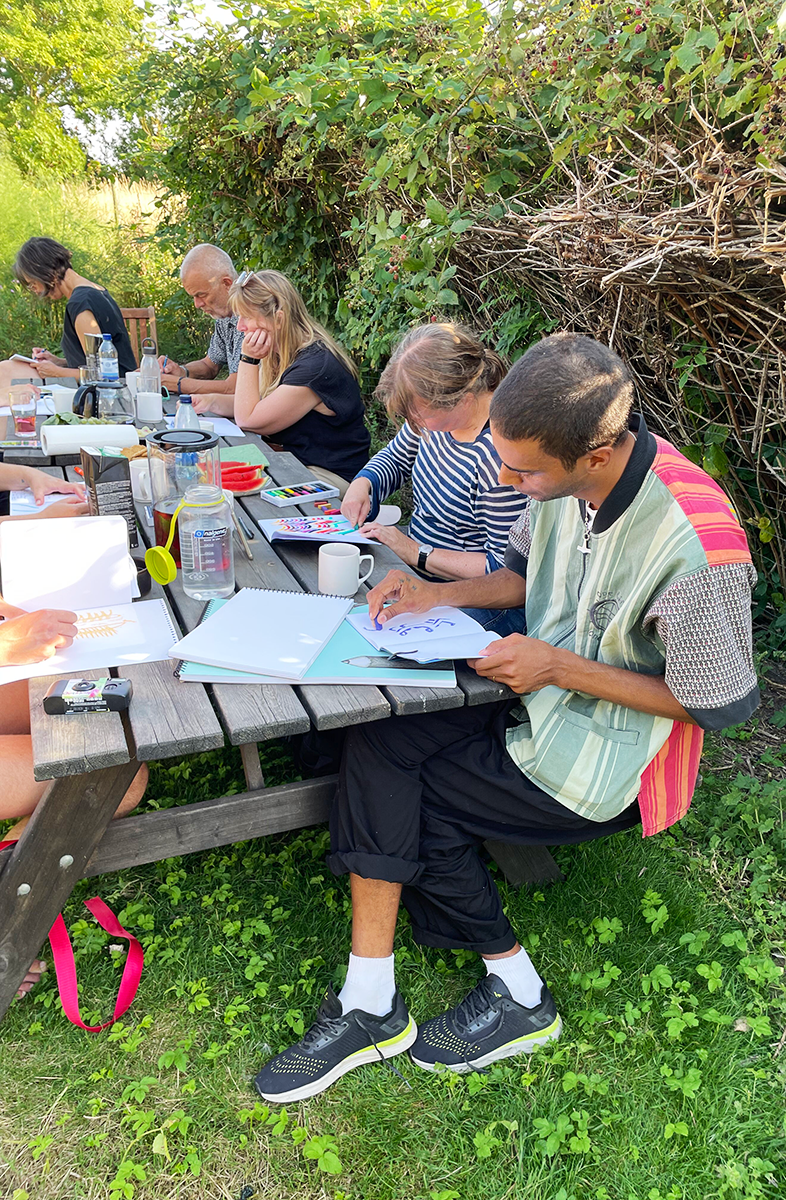
Manju Jatta currently works with signs, rituals and storytelling figures. He asked everyone to draw a symbol which represented our experience of, and time on, the island. After sketching a few different symbols individually, we each chose one to draw on a large collective drawing.
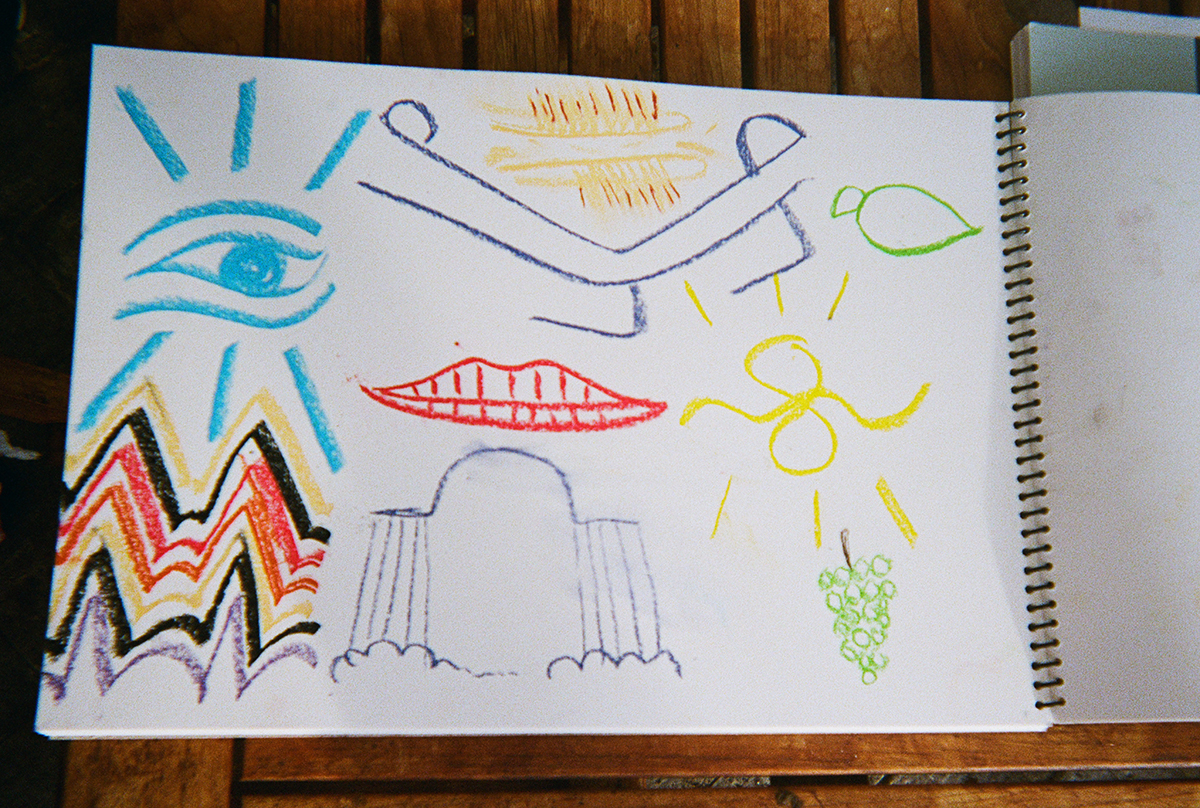
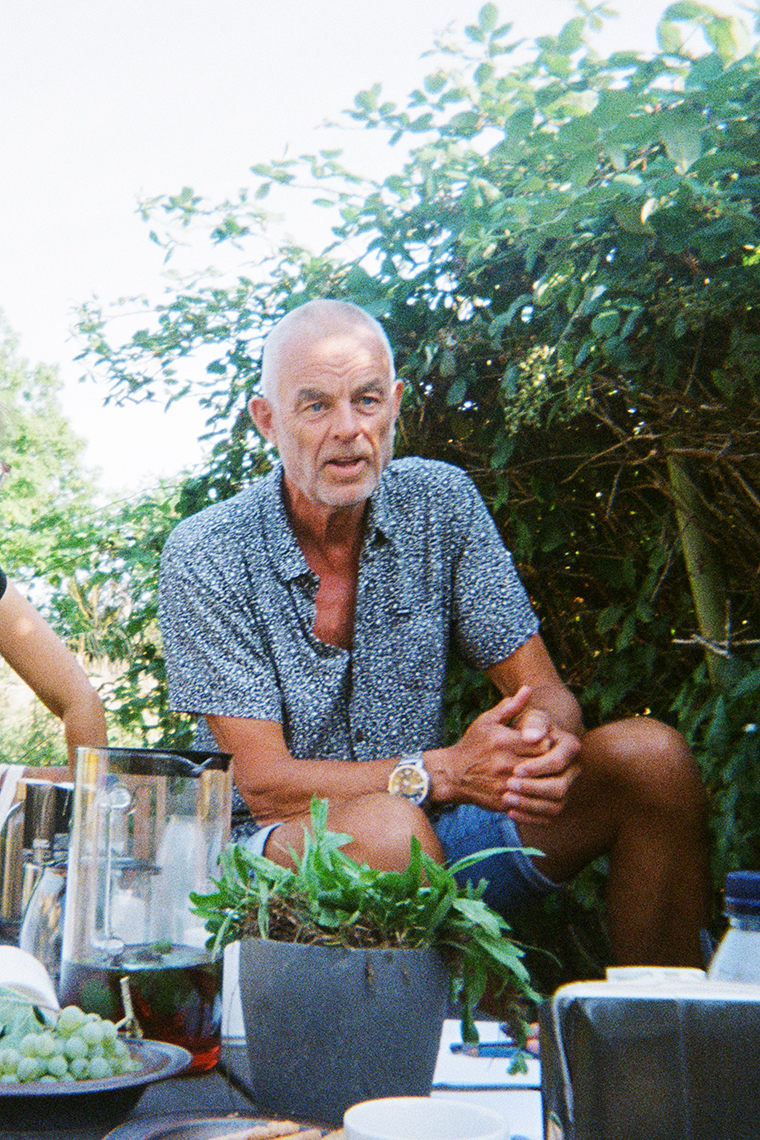
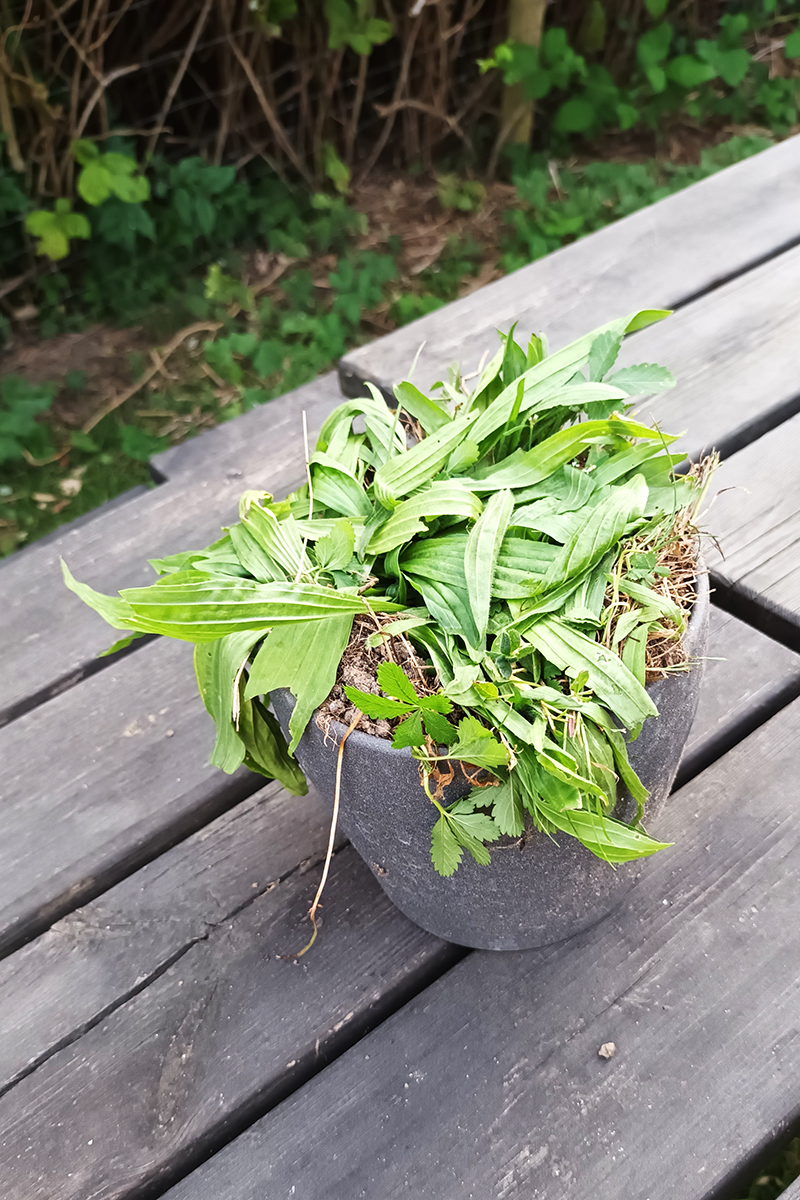
Claus Beier used a pot plant found behind the greenhouse as the basis for explaining some of the factors that influence our ability to address environmental issues. He asked us to look at the pot plant as a model of an ecosystem, representing the cycle of carbon being 'captured' from the atmosphere through photosynthesis, and being released again when the organism wilts or is eaten and digested. We touched upon issues such as the necessity of the so-called 'greenhouse effect' for life on Earth (without which the temperature would be -19 degrees), as well as the ways in which a 'runaway' greenhouse effect results in the climate change issues we now face. We also spoke about how the use of biomass as a fuel instead of fossil fuels is more of a closed system and therefore more sustainable, but that consumption would have to be scaled to how much biomass we can produce, among other topics.
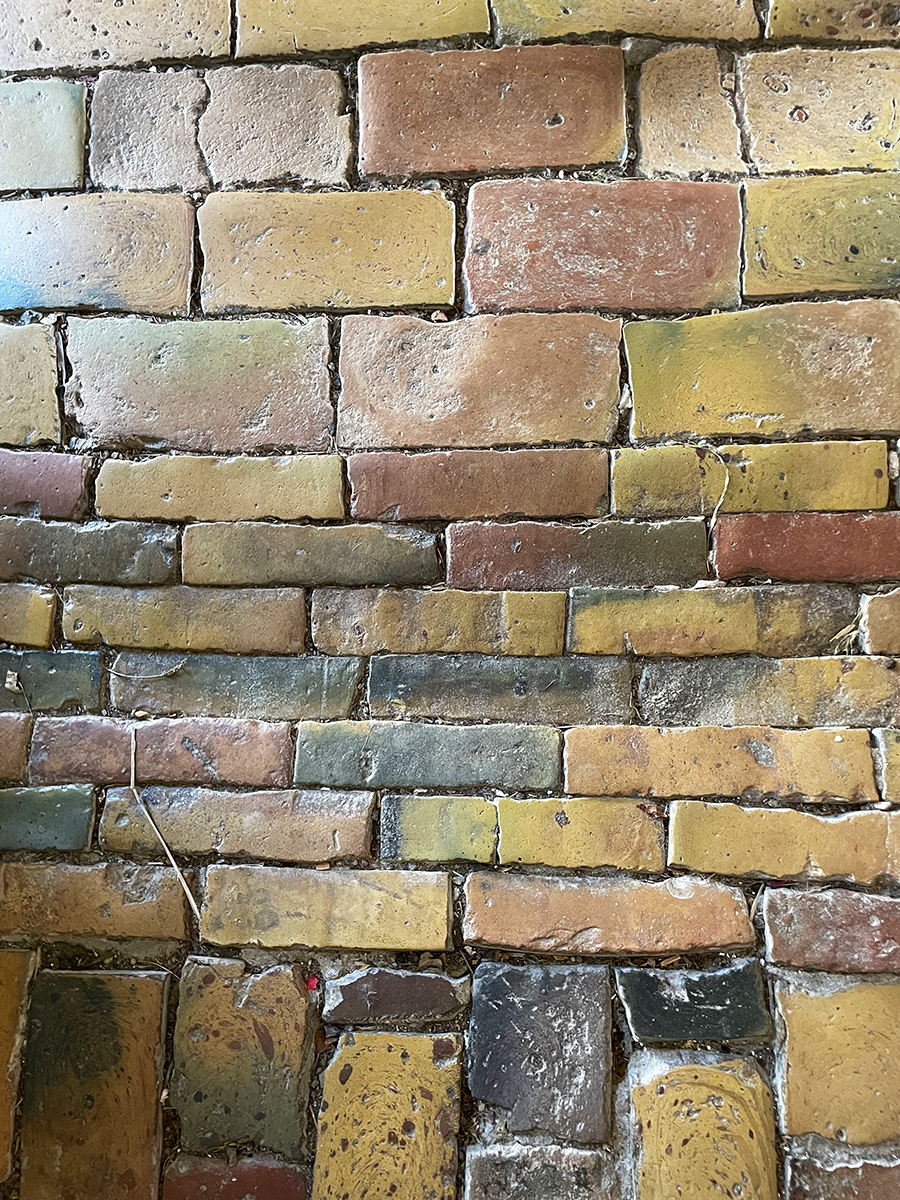
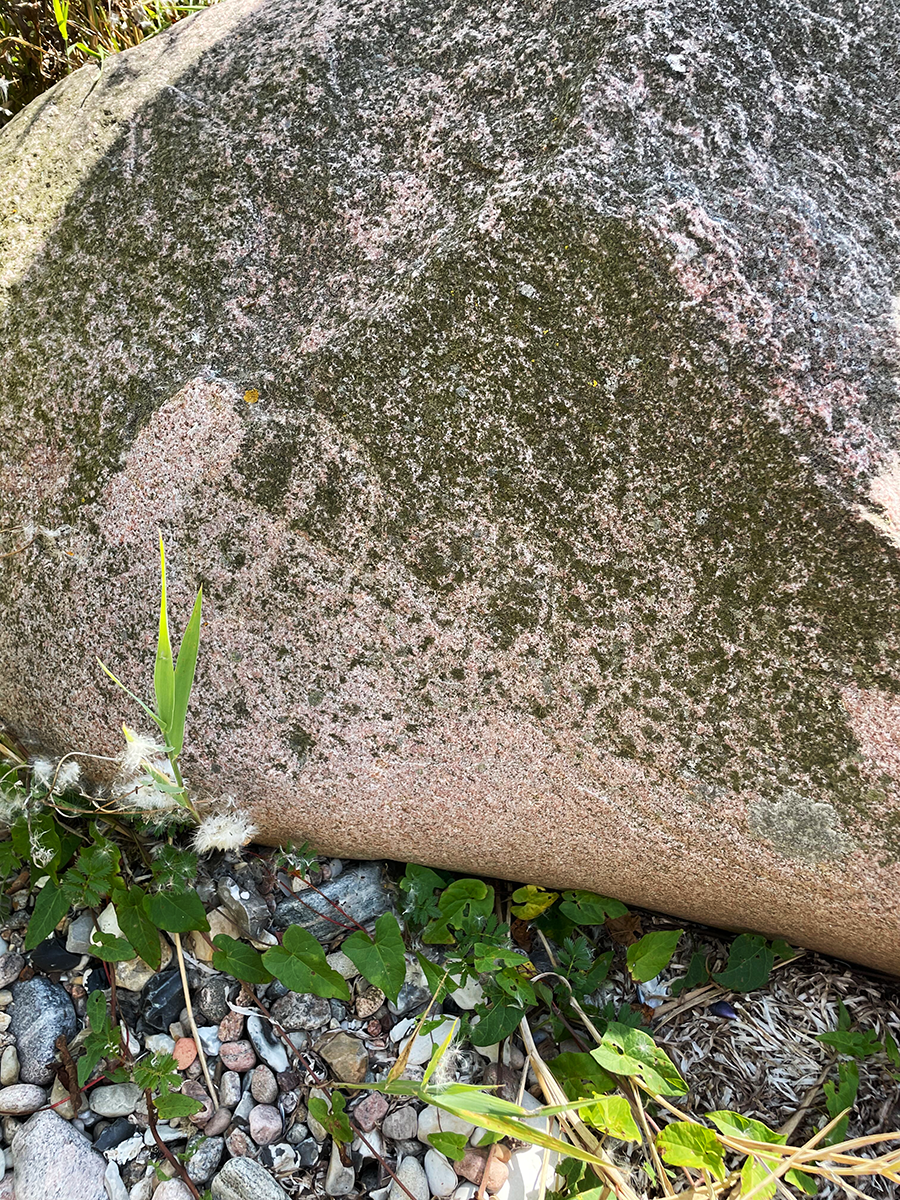
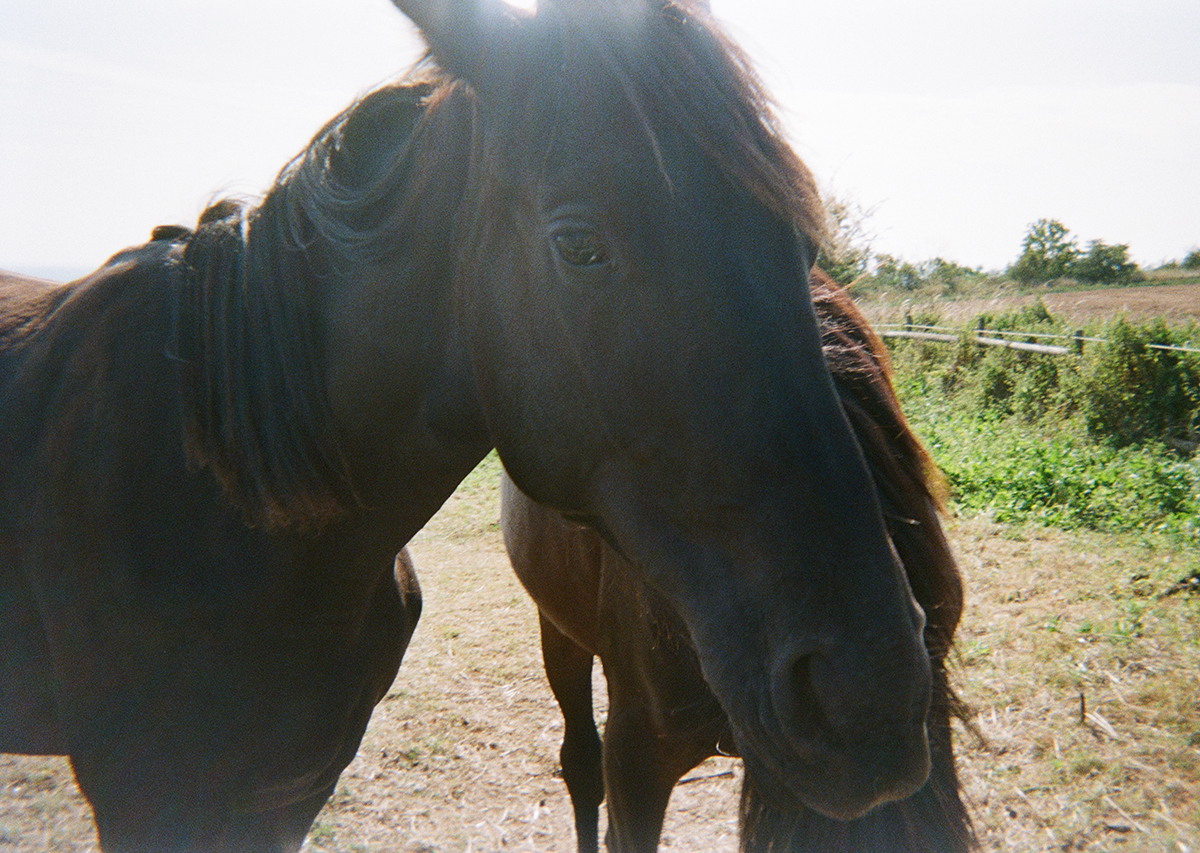
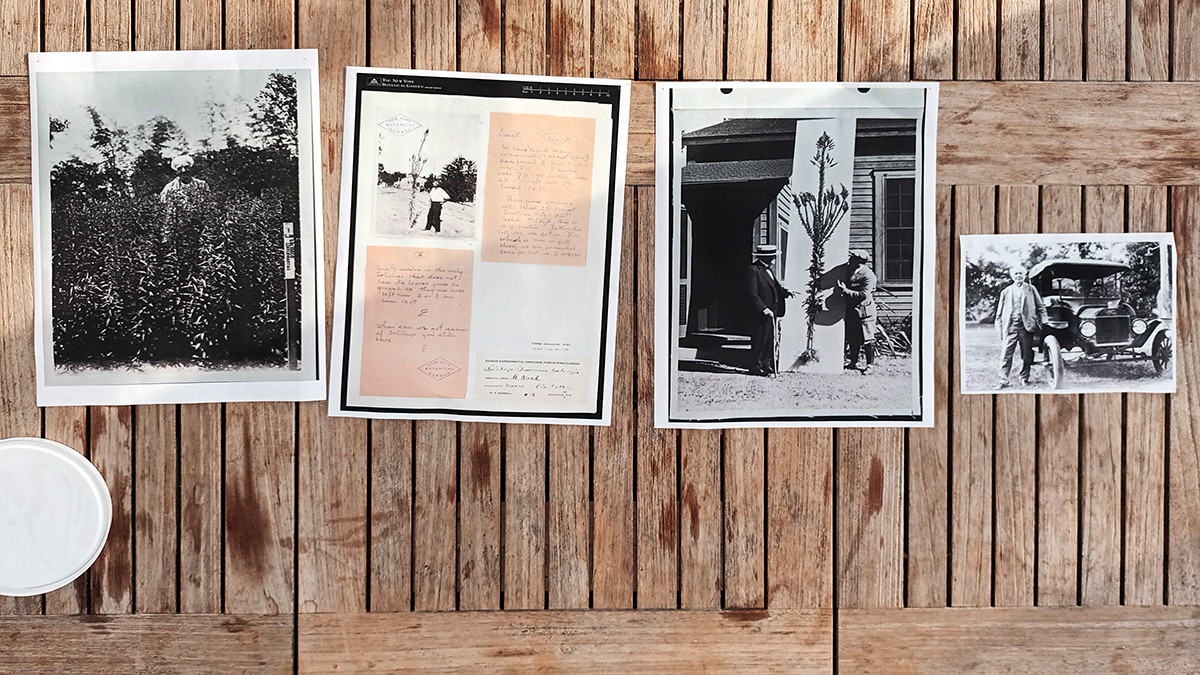
Sigrid Holmwood picked some of the local plants to use in a demonstration of how to make and use plant dyes. She pointed out that the commercial dyes used in textile production today are all based on fossil fuels. At the same time, the issue of biomass and the various ways in which humans need to use plants in order to sustain life, mean that we can't return to using plant dyes excusively. After explaining some of the issues and principles, she encouraged everyone in the group to try painting a picture using the dyes.
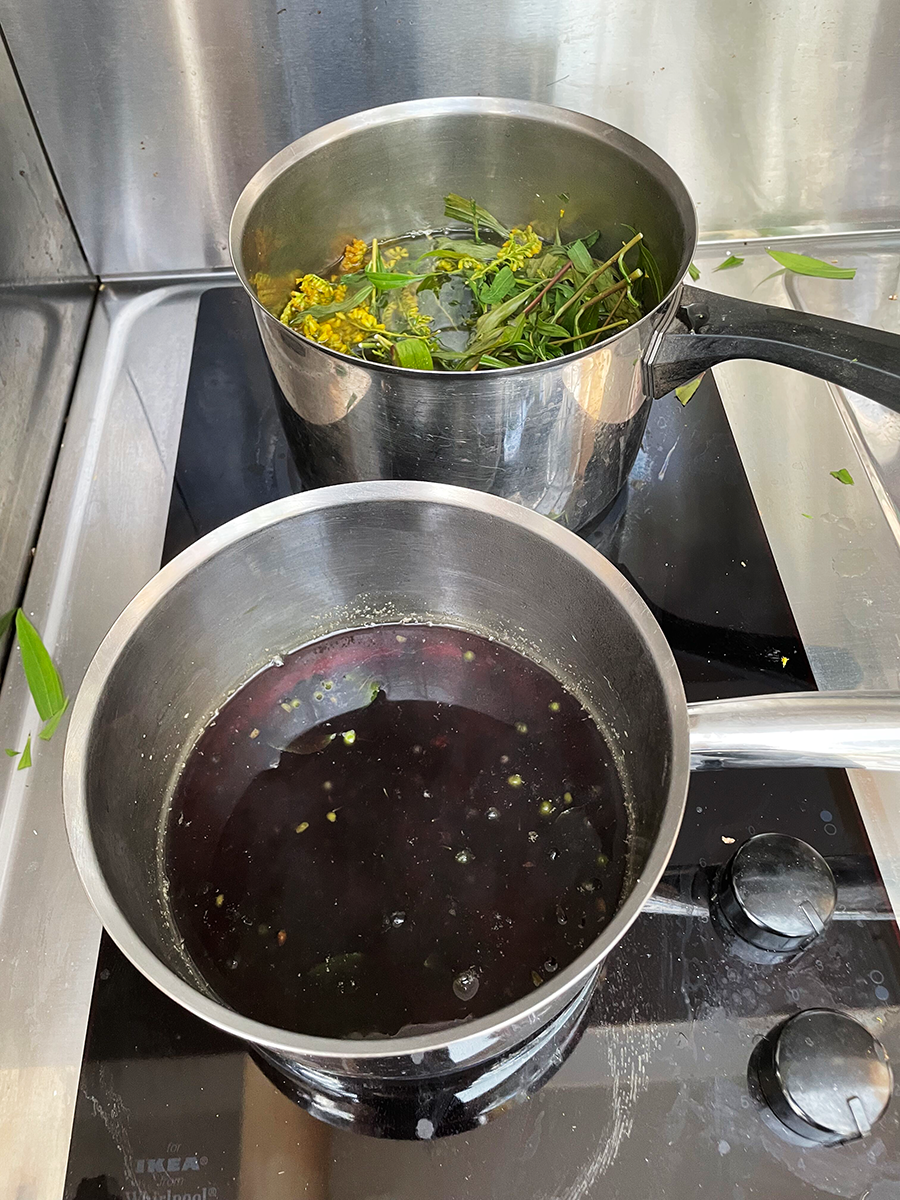
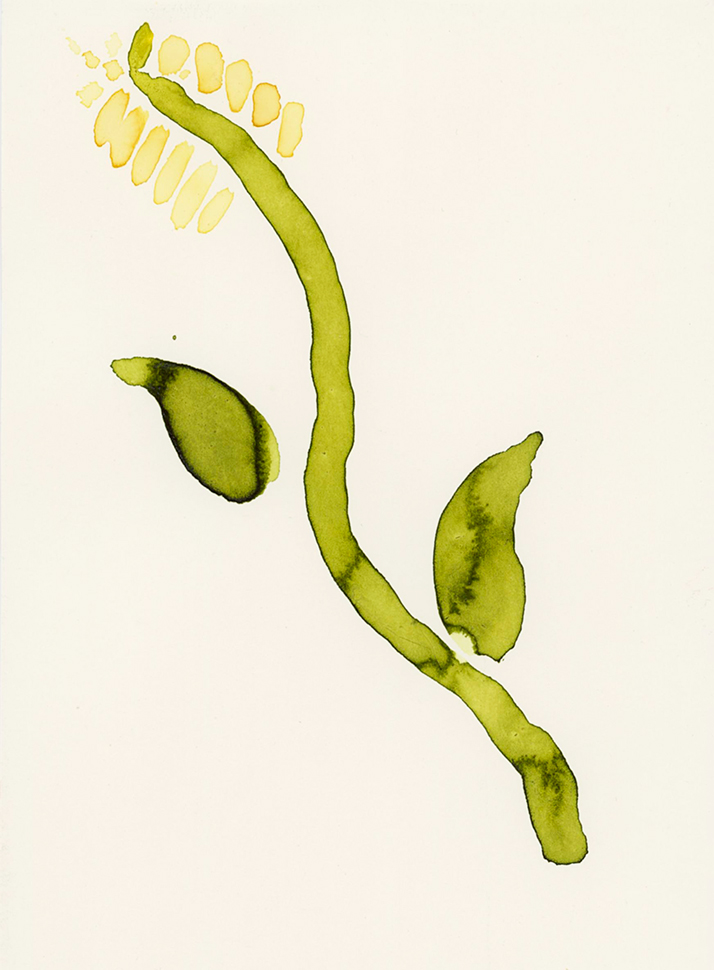
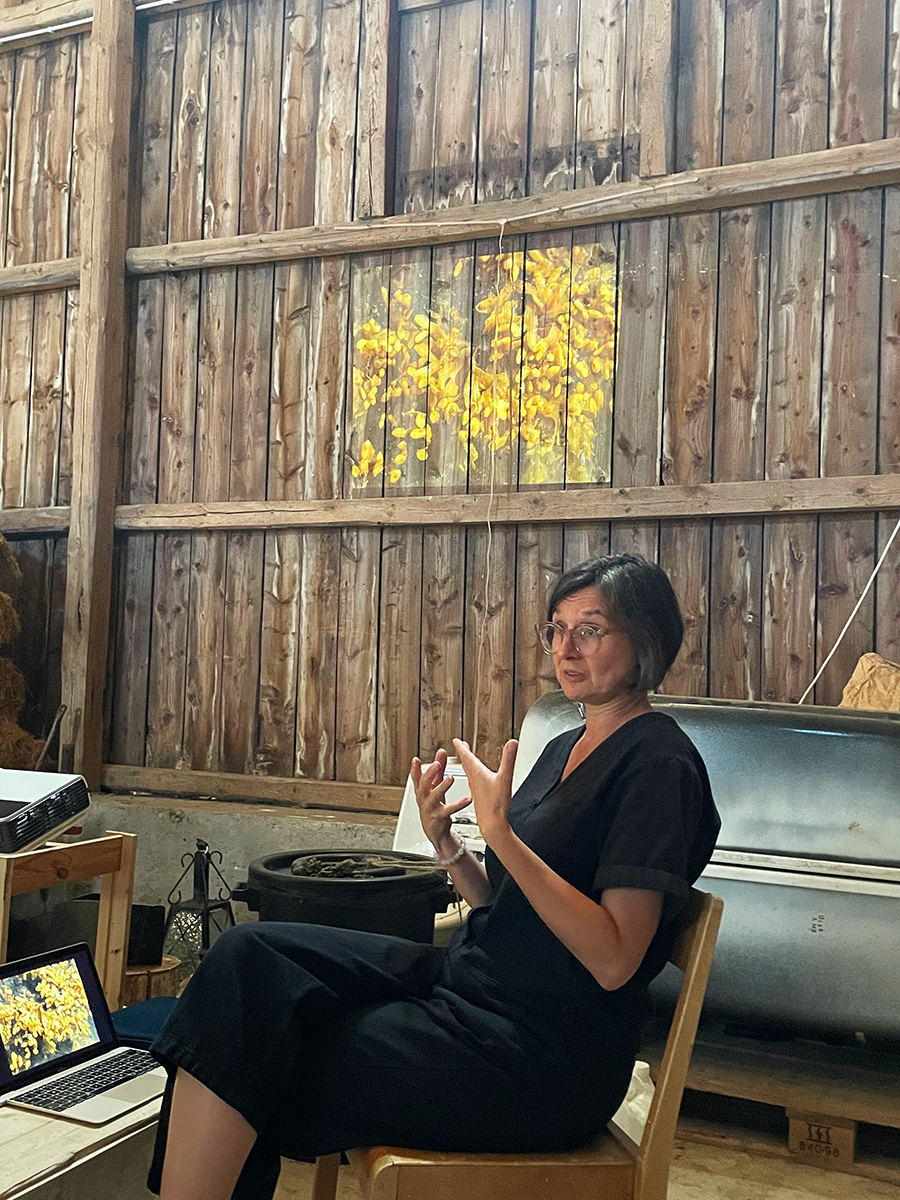
Taru Elfving presented her long-term curatorial work on the island of Seili (Själö) in the Archipelago Sea off the south west coast of Finland. She spoke about how the island demands sensitivity to many issues, whether it be its use as the site of an asylum for many decades, or the precarious conditions in the Baltic Sea, such as decreasing salinity and the several different ecosystems which exist there and are affected by ongoing environmental changes.
